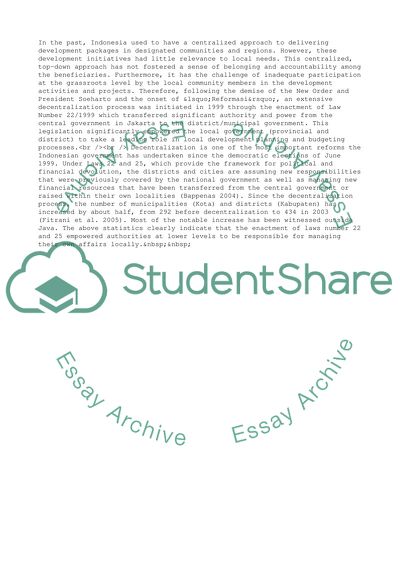Cite this document
(Indigenous Knowledge and Community Development Planning Case Study, n.d.)
Indigenous Knowledge and Community Development Planning Case Study. Retrieved from https://studentshare.org/management/1723671-indigenous-knowledge-and-community-development-planning
Indigenous Knowledge and Community Development Planning Case Study. Retrieved from https://studentshare.org/management/1723671-indigenous-knowledge-and-community-development-planning
(Indigenous Knowledge and Community Development Planning Case Study)
Indigenous Knowledge and Community Development Planning Case Study. https://studentshare.org/management/1723671-indigenous-knowledge-and-community-development-planning.
Indigenous Knowledge and Community Development Planning Case Study. https://studentshare.org/management/1723671-indigenous-knowledge-and-community-development-planning.
“Indigenous Knowledge and Community Development Planning Case Study”. https://studentshare.org/management/1723671-indigenous-knowledge-and-community-development-planning.


